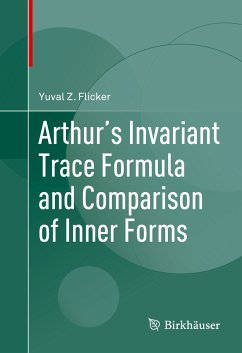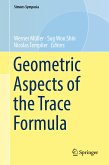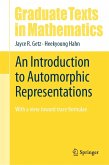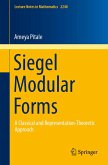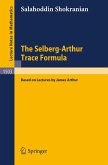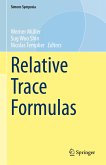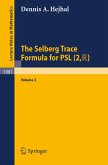The book begins with a brief overview of Arthur's work and a proof of the correspondence between GL(n) and its inner forms in general. Subsequent chapters develop the invariant trace formula in a form fit for applications, starting with Arthur's proof of the basic, non-invariant trace formula, followed by a study of the non-invariance of the terms in the basic trace formula, and, finally, an in-depth look at the development of the invariant formula. The final chapter illustrates the use of the formula by comparing it for G' = GL(n) and its inner form G and for functions with matching orbital integrals.
Arthur's Invariant Trace Formula and Comparison of Inner Forms will appeal to advanced graduate students, researchers, and others interested in automorphic forms and trace formulae. Additionally, it can be used as a supplemental text in graduate courses on representation theory.
Dieser Download kann aus rechtlichen Gründen nur mit Rechnungsadresse in A, B, BG, CY, CZ, D, DK, EW, E, FIN, F, GR, HR, H, IRL, I, LT, L, LR, M, NL, PL, P, R, S, SLO, SK ausgeliefert werden.

